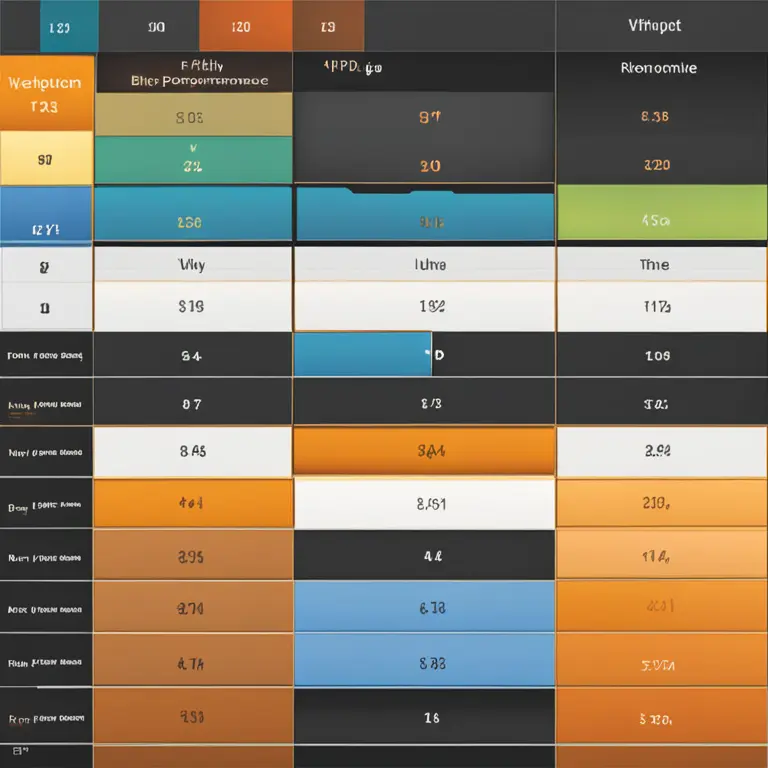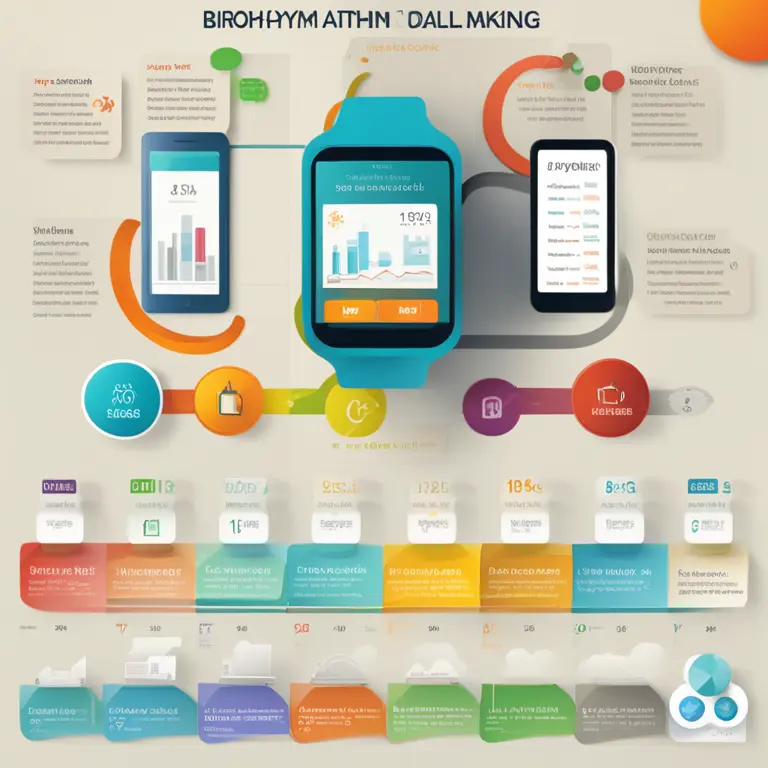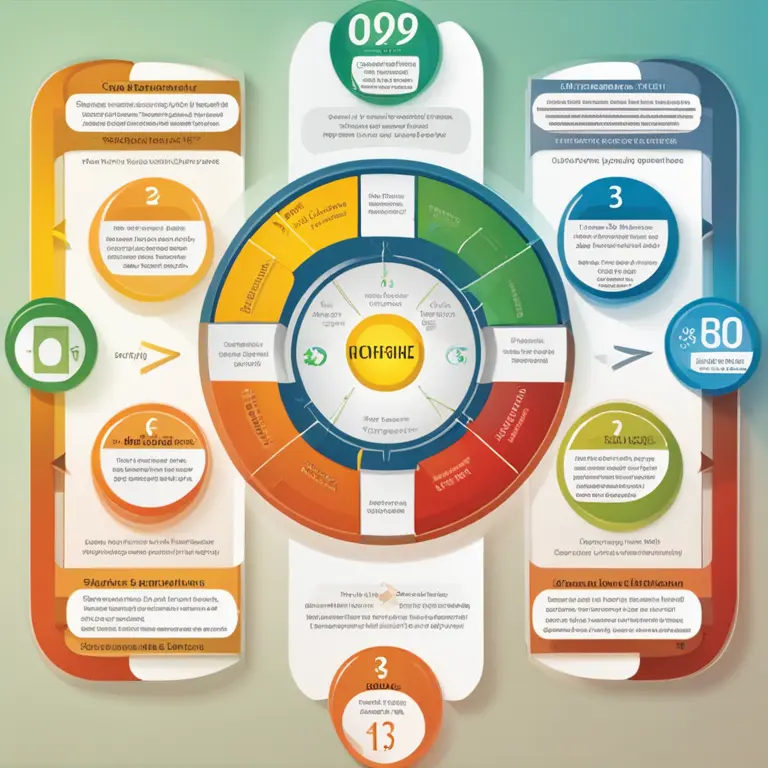
The Rhythms of Life: Delving Into Biorhythms Cycles
Grasp the essence of biorhythms cycles - how our physical, emotional, and intellectual rhythms affect daily life, and their futuristic applications.
article by Adrian Wallace
Introduction to Biorhythms
Biorhythms are believed to be intrinsic cycles which regulate memory, ambition, coordination, endurance, temper, emotions, and much more. They are often viewed as the body's holistic rhythmic influence on our well-being. Since their theoretical emergence in the 19th century and later popularization in the 1970s, biorhythms have been a subject of fascination within complementary and alternative medicine. With the rise of wearable technology and analytics, interest in biorhythms has resurfaced, bringing forth new insights into how these supposed natural cycles may impact our daily lives and personal development.

The Basis of Biorhythm Cycles
Classically, three primary biorhythm cycles are identified: the 23-day physical cycle, the 28-day emotional cycle, and the 33-day intellectual cycle. Each cycle is said to oscillate between high and low phases, theoretically influencing various aspects of human behavior and physiological states. For instance, the physical cycle is believed to impact stamina and coordination, while the emotional cycle might affect mood and creativity, and the intellectual cycle purportedly governs logical thinking and alertness.

Technological Advancements and Biorhythm Analysis
In recent years, the analysis and tracking of biorhythms have been enhanced by the proliferation of smart wearable devices and mobile applications. These tools harness the power of algorithms and big data to offer personalized insights into an individual's cycles, often including recommendations for improving health, productivity, and emotional well-being. As a result, biorhythm analysis has not only become more accessible but also increasingly integrated into everyday decision-making processes.

Practical Application in Modern Life
While the acceptance of biorhythms in the medical community remains mixed, the concept enjoys a niche following, especially among those interested in self-optimization and holistic health. Advocates argue that by understanding one's biorhythm cycles, it is possible to anticipate periods of peak performance or vulnerability and plan accordingly - from determining opportune moments for critical thinking to identifying when extra rest might be beneficial to stave off potential health downturns.

Criticisms and Considerations
Critics of biorhythm theory argue that there is a lack of scientific evidence supporting the existence or influence of these cycles. They contend that the theory is too simplistic to account for the complexities of human physiology and behavior. However, as more sophisticated studies emerge, the data gleaned from the increasing use of bio-tracking devices may offer new perspectives on how cyclical patterns influence our lives, though such interpretations must be approached with cautious skepticism and a demand for empirical substantiation.
Future of Biorhythm Research
The future of biorhythm research is set to intersect with other evolving fields such as chronobiology, genomics, and personalized medicine. Considering the rapid advancement of bioinformatics and health-related AI, the potential for more robust and meaningful analyses of bodily rhythms is on the horizon. With an ever-growing interest in personalized healthcare and prevention, understanding potential biorhythms could play a significant role in the next generation of health optimization strategies.
Published: 1/25/2024
Modified: 1/25/2024
More predictions
Come back here soon to learn more about yourself and your future


The Basis of Biorhythms: Biological Cycles Explored
Delve into the foundations of biorhythms and discover how these natural cycles influence our daily lives and well-being.


Biorhythm Love Compatibility: Find Your Match
Discover how a biorhythm love compatibility calculator can enhance your romantic connections by analyzing the natural cycles that influence relationships.


The Biorhythm Debate: Effective Insight or Myth?
Discover the realities behind biorhythms, how they're calculated, and their impact on daily life. Can these biological cycles truly predict our physical, emotional, and intellectual states?